Xenobots, world’s first living robots, can reproduce, scientists say
A xenobot is a robot made up of skin cells of frog eggs instead of metals or plastics. The xenobot, which is on millimeter wide, is described as a “reconfigurable organism,” according to research published in the Proceedings of the National Academy of Sciences. More

ROBOTS WILL SOON START REPLACING WAITERS IN YOUR FAVORITE RESTURANTS
The Bear Robotics “Servi” food service robot seamlessly integrates with restaurant workflows by both delivering food to tables and clearing the tables at the end of a meal. As soon as guests arrive, Servi greets patrons with a warm voice and pleasing gestures. Customers then place their order through Servi, who relays the order directly to the kitchen. Once the order is ready, Servi is loaded up on one of her two top platforms to deliver food to the table. More
Meet The World’s Smallest Robot, It’s the Size of Fly and Capable of Flight
Scientists from Harvard unveiled a breakthrough in the field of robot technology. RoboBee is a tiny robot no bigger than a fly, and it is currently the world’s smallest robot. And not only is it capable of flight, it could also carry a camera—meaning that, as RoboBee’s technology evolves, it could easily become the world’s smallest drone as well. More
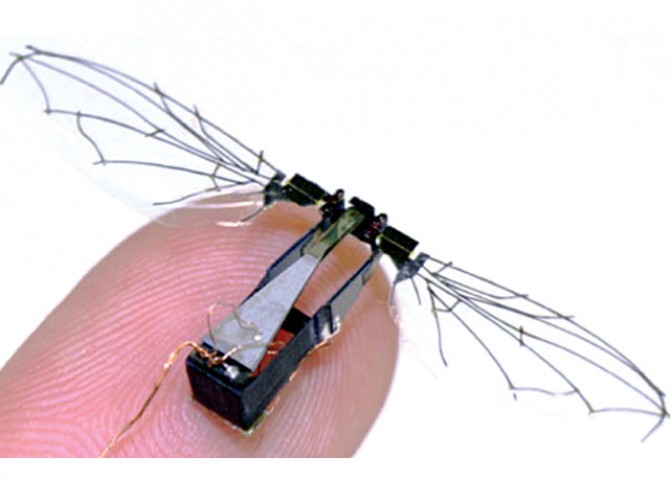
Top 10 AI Apps Of 2022
- Siri
Siri uses voice queries and a natural language user interface (UI) to function, and it can make calls, send text messages, answer questions, and offer recommendations. It delegates requests to several Internet services, moreover, Siri can adapt to users’ language, searches, and preferences.

The popularity of Siri becomes clear from a survey conducted in September 2018, where the respondents were American adults. The survey showed that 44% of the smartphone users that used a voice assistant are using Siri, putting Siri ahead of competitors. More
Meet MONONOFU The world’s Largest Humanoid Robot
Standing 8.46 m (27 ft 9 in) tall, 4.27 m (14 ft) long and 4 m (13 ft 1 in) wide, two-legged robot weighing in at more than 7 tons, Sakakibara Kikai’s beast named MONONOFU (meaning “samurai warrior” in Japanese) holds a Guinness World Records title for the largest humanoid robot vehicle.
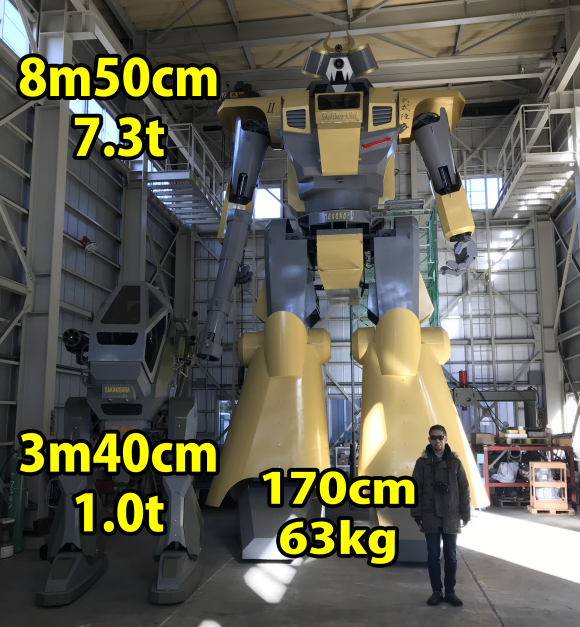
Mononofu became larger than the door to the warehouse. This means that it can’t go outside without them either dismantling it or the building itself
Read More
AI and the robotics revolution
If Hollywood standards are anything to go by, the future is full of killer robots waging war against humanity. Most sci-fi plot lines have artificial intelligence systems running out of control, taking over the world and destroying our lives. The future looks bleak.

But is it? Robotics and artificial intelligence (AI) systems already help us with everything from vacuuming and grocery shopping to driving cars and booking appointments. Machines that can learn, make decisions and automate tasks are already part of our lives—the big question is, how do we make sure they’re helping society, rather than harming us?
It’s these ethical conundrums that researchers like Professor Toby Walsh are working to answer. As we continue to develop machines with decision-making abilities that are comparable to those of a human mind, recognising and addressing these questions are more important than ever.
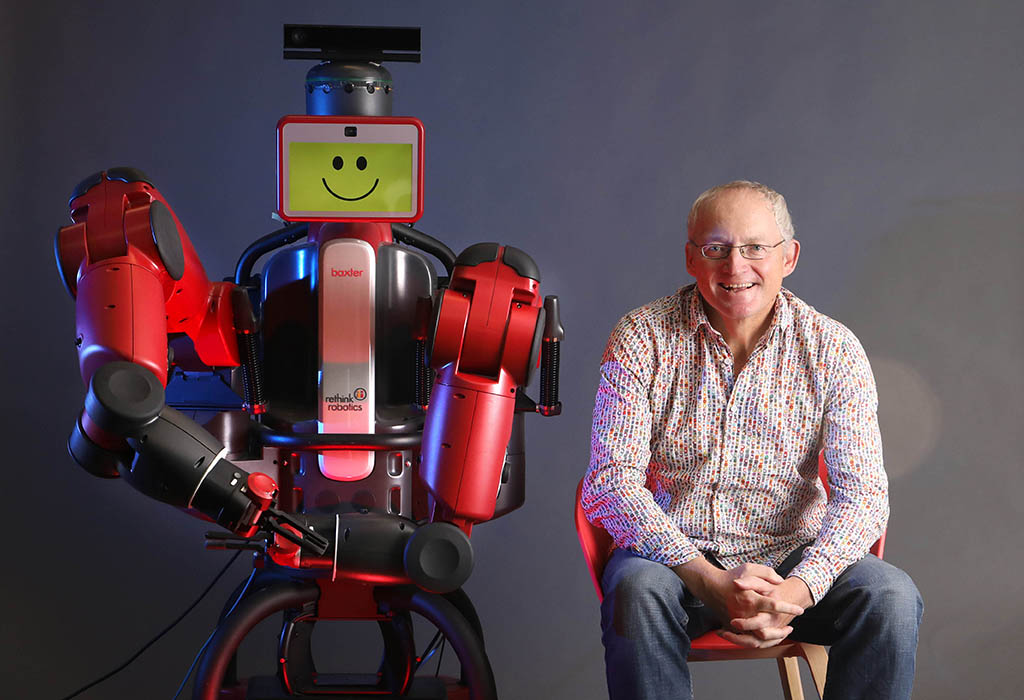
‘Technology like AI will change society. It’s already becoming part of our lives,’ says Walsh. ‘But society also gets to change technology. We need to work out how to make sure it improves the quality of everyone’s life.
Read More

Robotic Prosthesis Lets Drummers Play a Three-armed Cyborg Beat
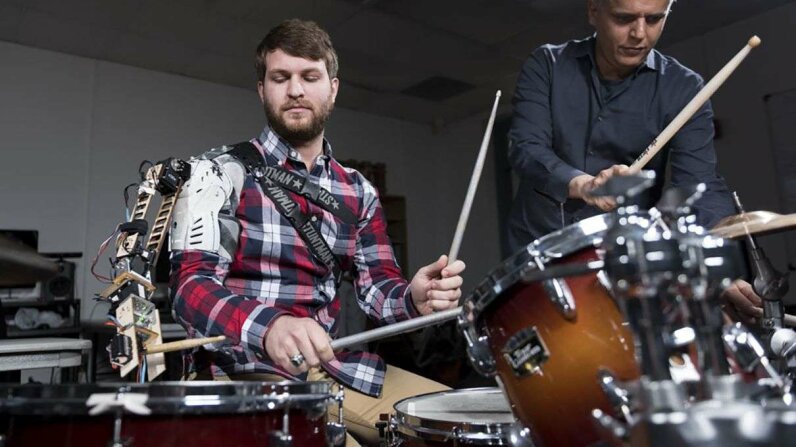
A new robotic prosthesis can augment drummers with an extra arm GEORGIA TECH
Drummers get a raw deal. Ringo Starr may the most recognizable man behind the high hats, but he’s still the world’s fourth favorite Beatle. Tommy Lee is widely considered one of the greatest time keepers in rock history, yet most people didn’t know his name until a certain “Baywatch” flavored video hit the internet.
Even Dave Grohl, one of the nicest men in music, had to step out from behind the drum kit before he become a certified rock star. Read more

Robot Revolution: Coming to a Restaurant Near You
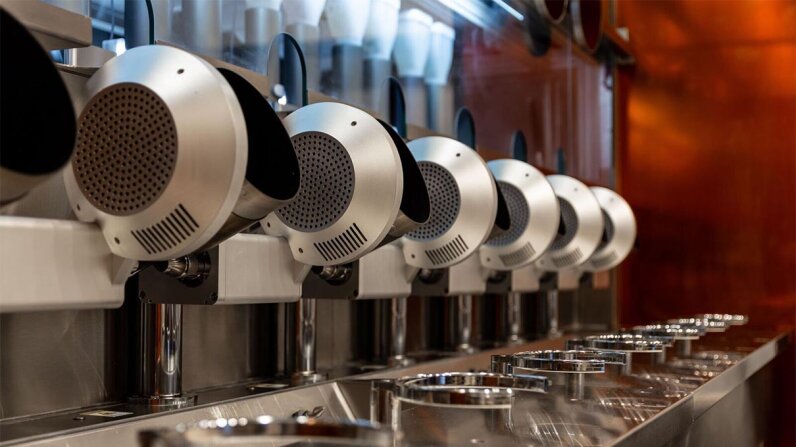
A close up of the woks in the robotic kitchen at Spyce in Boston, Massachusetts. GRACE UVEZIAN/SPYCE FOOD CO.
At Spyce, a recently-opened restaurant in Boston, diners can choose from a menu of meals-in-a-bowl that draws upon international influences ranging from Thai to Moroccan cuisine, which they can have customized to their individual tastes with vegetarian, pescatarian, gluten-free and vegan options. But it’s not just the quality of the food and the relatively low price — bowls start at $7.50 — that’s creating a buzz about the eatery. Read more

Robots Made With Living Tissue? That Future Is Arriving Now
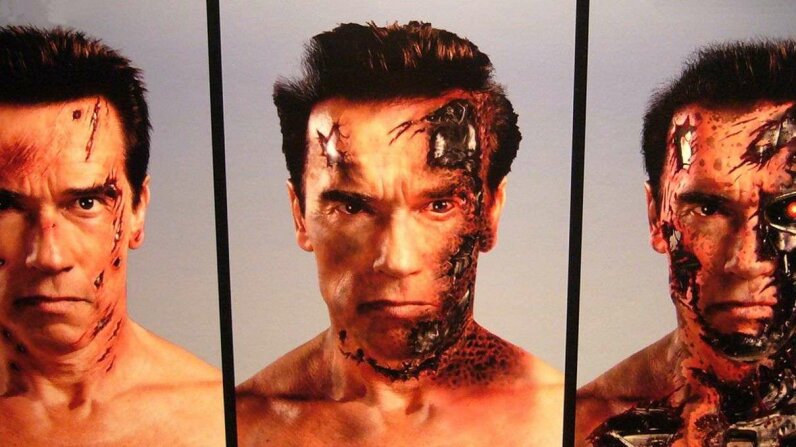
FW: Thinking: Will Robots Be Made of Living Tissue
Can’t rest those robot fears? It doesn’t help that you’re watching Skynet in “Terminator” reruns or looping internet clips of swarm-bots. Whatever the cause, you’ve got some very real concerns about robotic technology. But can we really create robots that look, think or act like humans? Our colleague Jonathan Strickland, host of Fw:Thinking, explores the topic in the video above. Read more
SpotMini: A Robot Dog Capable of Doing Dishes, Delivering Drinks
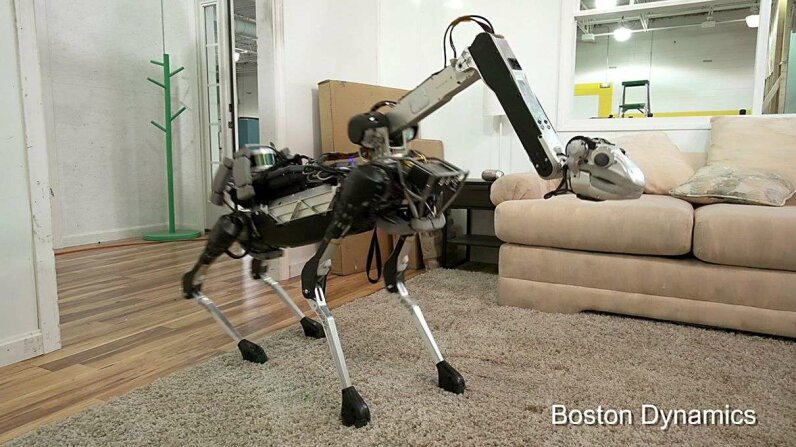
Introducing SpotMini BOSTON DYNAMICS/YOUTUBE
Picture the perfect weekend morning. You’re snuggled in bed, cuddling with your pet dog. The sun’s shining through the curtains, and everything seems ideal. The only drag is that if you want your morning cup of coffee, you’re going to have to get up and do it yourself. What would be really perfect, though? Having your dog make that coffee for you as you laze in bed for another round with the snooze button. Read more
Robotic Sorting Could Be the Efficient Future of Recycling
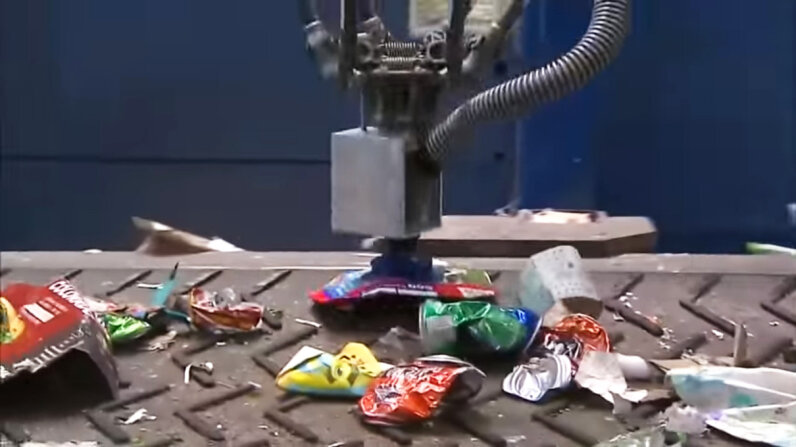
An AMP Robotics creation nicknamed Clarke was built to sort cartons in a recycling setting. Clarke’s artificial intelligence programming allows it to learn more efficient ways of performing its task.
When you hear terms like robotics and artificial intelligence tossed around, you probably expect the conversation to be about some lofty futuristic subject. Mining on asteroids, perhaps, or doing heart-transplant operations by remote control. The last thing you’d guess is that talking about sorting trash to separate out the recyclables. Read more
Robots Are Rare in the Construction Industry, but That Could Soon Change
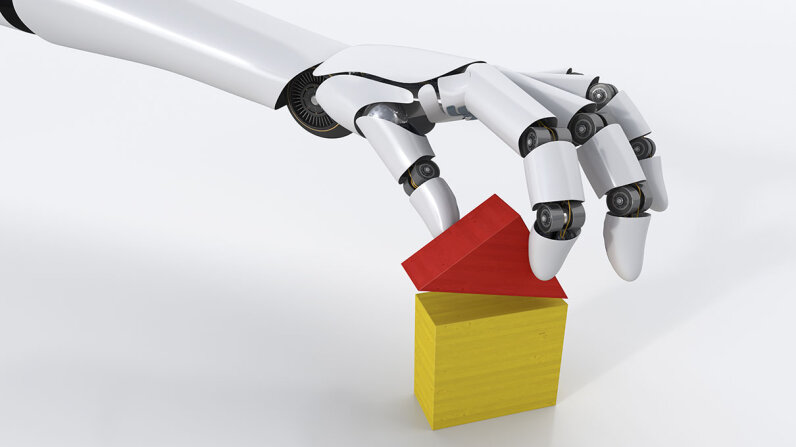
The construction industry hasn’t yet been revolutionized by robotics as much as other industries like automotive manufacturing, but that may change. WESTEND61/GETTY IMAGES/WESTEND61
Today, robots do everything from paint automobiles on the assembly line to perform surgery on human patients. But one big industry that hasn’t yet been transformed by automation is the construction industry, which still utilizes humans to perform both the grunt work and the skilled labor required to erect houses and giant office towers. Anywhere you have unsafe, boring, or drudgery work, you can have a machine do it.Scott Peters, Construction Robotics. Read more
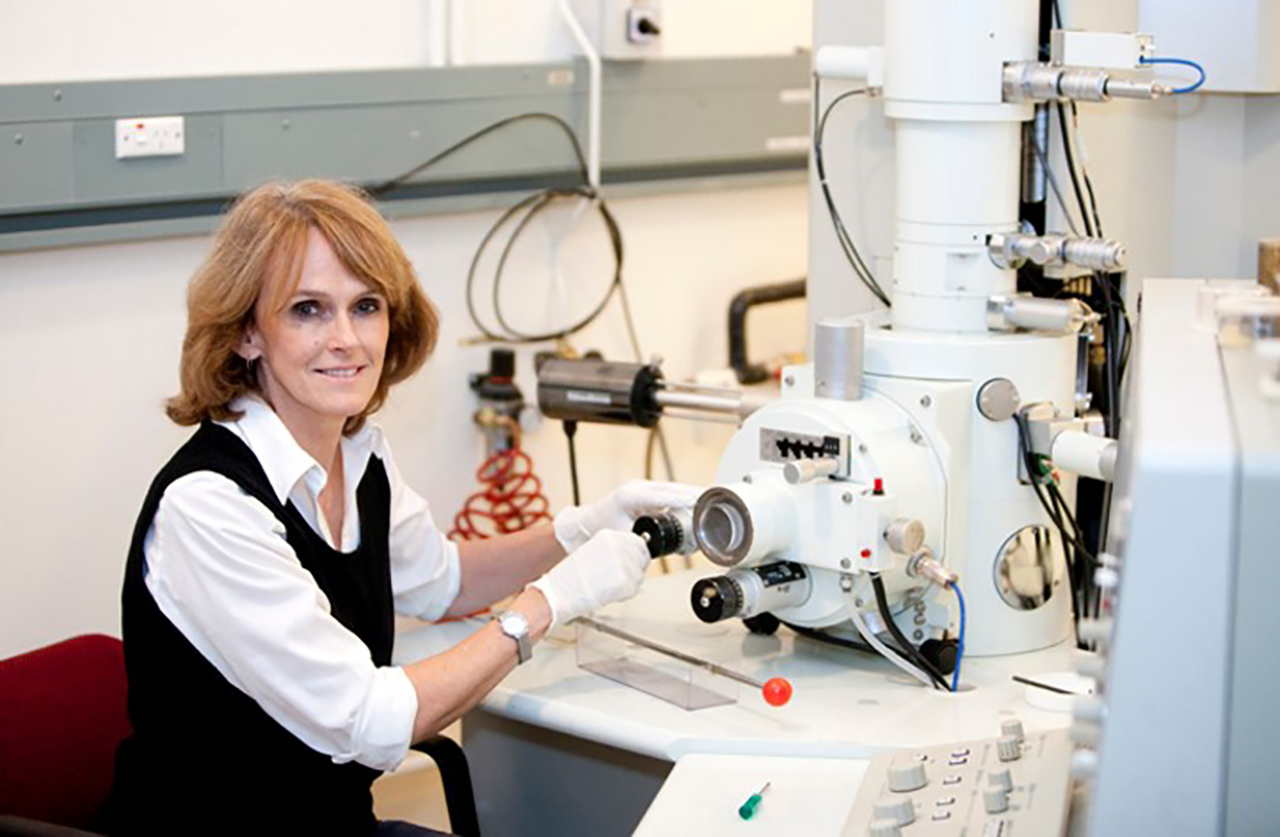
CSIRO Chief Scientist Dr Cathy Foley has shown time and time again that research in the lab can translate to innovative technology across a range of industries. “As a human race, we have many issues we have to solve,” says Foley, who has been elected a Fellow of the Australian Academy of Science. “We will only solve them when we get the science right …. [and] translate it from the laboratory into something that makes an impact and is used by everyone.” Read more
Bionics: A Step into the Future
Hollywood blockbusters and science fiction novels have set the expectations for bionics extremely high. While we haven’t quite recreated The Six Million Dollar Man, advances in bionics have already had a huge impact on patients’ lives. Bionic implants refer to electronic or mechatronic parts that augment or restore physical functionality to a differently-abled person. The bionics industry has grown along four major application areas: vision, hearing, orthopedics and a small, motley group of implants that augment cardiac and neurological functions. Read More
Advances in human bionics may require us to rethink our concepts of what it is to be human.
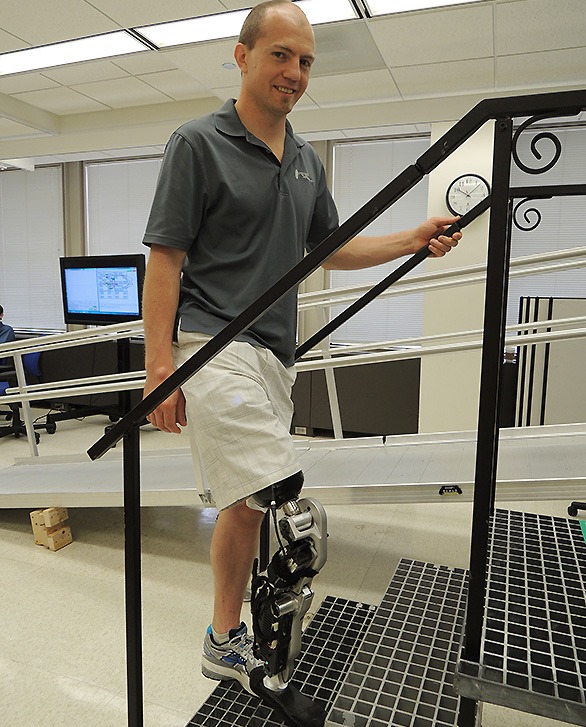
- Bionics can be highly advanced pieces of technology, able to be integrated with various parts of the human body.
- Bionic limbs are constantly evolving and becoming more lifelike in their form and function.
- There are many different types of bionic limb technology available, each with its own benefits and drawbacks.
- Bionic limbs still have a long way to go before they achieve the full range of motion, control and sensitivity of ‘biological’ limbs.
Faster? Stronger? More powerful? Bionic bodies—and what they may be capable of—have captivated the human mind for centuries. From the bumbling Inspector Gadget to the near‐indestructible Terminator, the idea of using technology to build a ‘better human’ has resulted in continuous technological advances. Read more
Imagine being able to print replacement skin, bone, muscle and even organs.
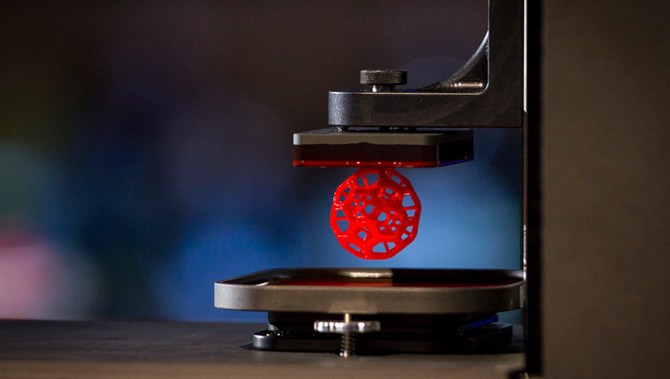
Printing the future: 3D bioprinters and their uses
- Bioprinting is an extension of traditional 3D printing.
- Bioprinting can produce living tissue, bone, blood vessels and, potentially, whole organs for use in medical procedures, training and testing.
- The cellular complexity of the living body has resulted in 3D bioprinting developing more slowly than mainstream 3D printing.
- Bioprinting technology could provide the opportunity to generate patient-specific tissue for the development of accurate, targeted and completely personalised treatments.
- There is still a long way to go before we can create fully functioning and viable organs for human transplant. Read more
Robots and Artificial Intelligence

Kitano’s PINO “The Humanoid Robot”PHOTO COURTESY KITANO SYMBIOTIC SYSTEMS PROJECT
Artificial intelligence (AI) is arguably the most exciting field in robotics. It’s certainly the most controversial: Everybody agrees that a robot can work in an assembly line, but there’s no consensus on whether a robot can ever be intelligent. Read more
Could computers and robots become conscious? If so, what happens then?

While we’re able to make robots that can seriously creep us out like this robot teacher, we haven’t been able to give them consciousness.
The advancements we’ve made in computer science and robotics, two young disciplines, are impressive. Moore’s Law is a good example of how quickly things can change. Gordon Moore observed in 1965 that the number of transistors that could fit on a silicon chip an inch (2.54 centimeters) in diameter doubled every year. That’s a logarithmic growth pattern. While computer scientists would adjust the observation by lengthening the amount of time it takes before we can cram more transistors onto a chip, we’ve still shrunk transistors down to the nanoscale. Read more
